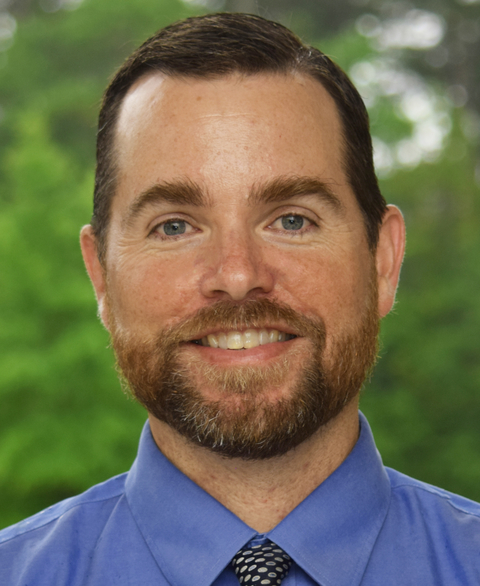Sure, the biggest telemedicine programs are run out of large hospitals and health systems. But increasingly, standalone primary care providers and specialists are finding value in seeing patients remotely—both to keep revenues that might otherwise go to outside telemedicine providers and as a cost-effective way to attract patients from a wider region.
Smaller practices are looking to expand their offerings as well. Kenneth M. Klebanow, M.D. & Associates, a pediatric practice with 16 providers in Columbia, Maryland, started offering telemedicine services to the practice’s students enrolled in Howard County schools as part of a local government initiative in 2015.
RELATED: Maryland pediatric practices feel the ripple effect of school telemedicine programs
At first, doctors were concerned that they would miss something by seeing their young patients on video. “I talked them through it; a child would not be in school with something serious that would be discovered in a telemedicine visit,” Ken Klebanow, M.D., tells FierceHealthcare. The average in-school visit takes about 10 minutes, with a school nurse using digital equipment to check temperature and blood pressure, transmit views of the ears and eyes and relay other critical measures.
Klebanow uses a different telemedicine platform to reach patients at home for lactation consulting. That platform, which is free for the practice to use, will also be employed to provide follow-up care for attention deficit hyperactivity disorder, constipation and other conditions that can be done without a physical. “We are also working with a psychologist to do behavioral health follow-up by telemedicine,” he says.
RELATED: More than half of providers plan to expand telehealth offerings, survey shows

Some practices start out offering specialized services. That’s the case with Greenwood Genetic Center (GGC), a nonprofit organization and the largest provider of genetic services in South Carolina.
Despite the practice’s best efforts, it couldn’t attract a geneticist to its Florence, South Carolina, office, says Mike Lyons, M.D., co-director of clinical services and head of the telehealth initiative for GGC. As a result, five geneticists in three other locations took turns seeing patients in Florence—driving hours to get to the office.
Now patients can go to the Florence office twice a month for a telemedicine visit. Patients who need faster follow-up care can schedule an appointment on a Friday with Lyons rather than waiting for a geneticist to drive to Florence.
RELATED: Most healthcare executives plan to invest in telehealth—here's why
“So far, we’ve been doing it so that they come into the office, but now we’re expanding beyond Florence. We have a telemedicine coordinator looking to set up in other locations like the Department of Disabilities and Special Needs or local doctors’ clinics,” Lyons says.
GGC has the lion’s share of South Carolina’s geneticists, so offering telemedicine in more locations directly increases the availability of genetic counseling in the state.
GGC offers prenatal visits, cancer appointments and pediatric visits for children with delays that may have a genetic component via telemedicine. “Genetic counseling is very well suited to telemedicine. We can share our screen and show patients their lab results and images of chromosomes. With a coordinator in Florence, I can see eyes, ears and feet to determine if there are differences that would suggest an underlying genetic disorder,” Lyons says.
RELATED: More than half of patients prefer telehealth visits to in-person care
Patients have been pleased: 90% say they’d use telemedicine again. That satisfaction level obscures some of the startup issues GGC experienced, like slow connections and freezing screens caused by a platform that did not work well with the low bandwidth available. New software readily fixed the problems, Lyons says.
Telemedicine has worked well for the practice overall. “We have even talked about going outside of South Carolina and discussed it with groups in Georgia who are interested in our services,” Lyons says. “First, though, we want to make sure we’re providing the best access to everyone in South Carolina.”